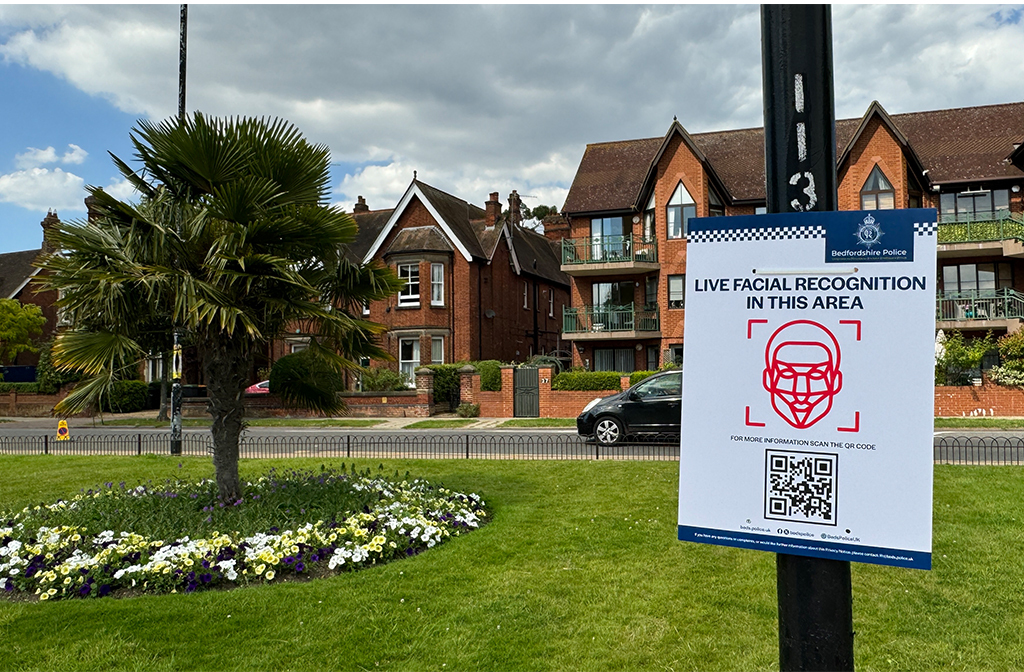Then the first part is interpreted (in the US, anyway) as a middle name, not as part of the last name. I did run into a recently married woman who did that: dropped her middle name, moved her last to the middle, and used her spouse’s last name.
More commonly, places that don’t take hyphens tend to just run the two names together: Axel-Smith becomes AxelSmith.
Programmers can be really dumb.

















The Mona Lisa was underwhelming, too. :-P